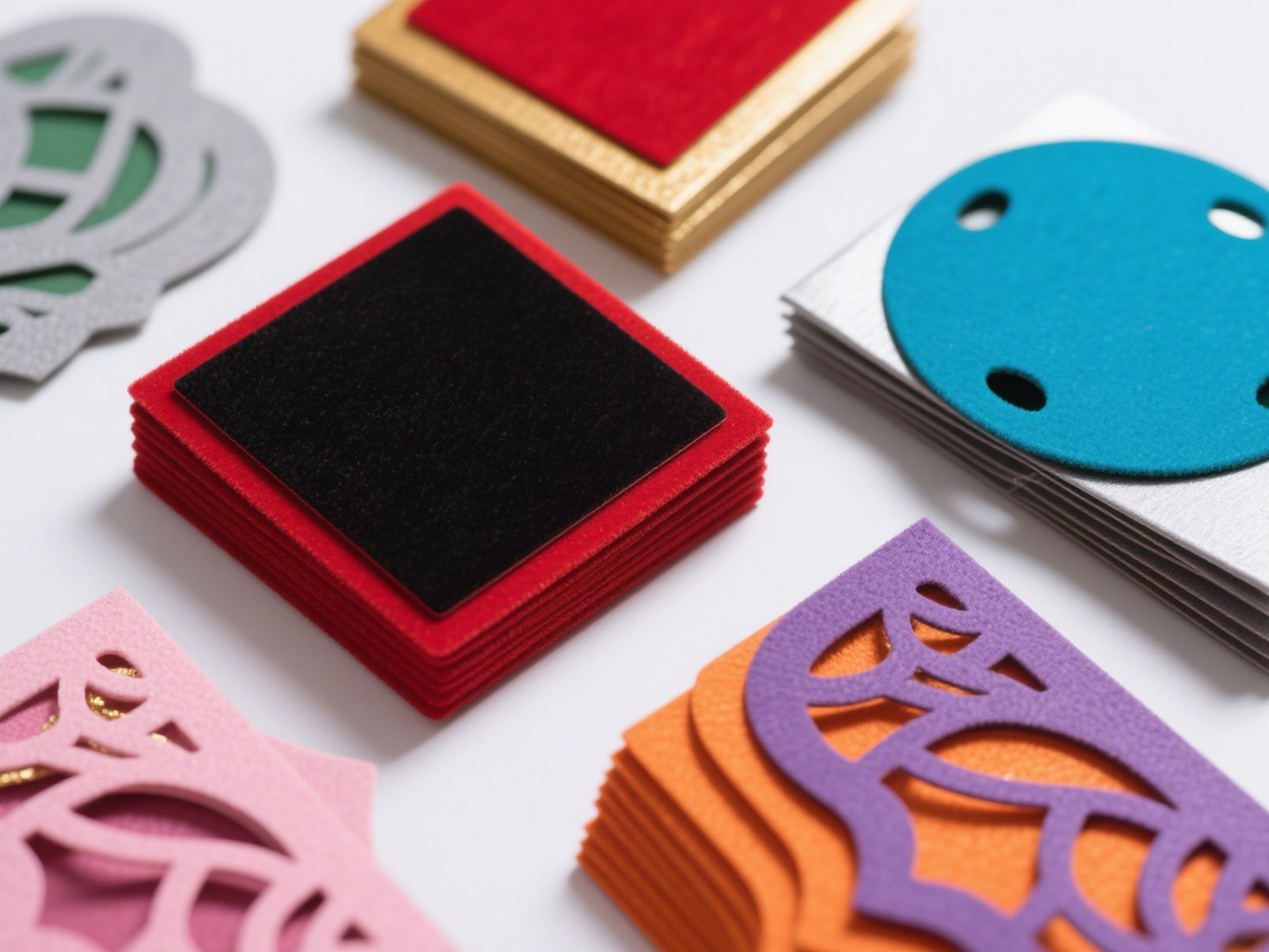When it comes to home improvement, wall paneling can dramatically transform the aesthetic of a room. However, many homeowners shy away from this enhancement due to perceived costs. The good news is that there are several economical methods to panel a wall without sacrificing style or quality. In this article, we will explore the cheapest ways to achieve stunning wall paneling, focusing on materials, techniques, and tips that can help you stay within budget while elevating your space.
Understanding Wall Paneling Options
Before diving into cost-effective solutions, it’s essential to understand the various types of wall paneling available. Traditional wood paneling, MDF (Medium Density Fiberboard), and vinyl are common choices, each with its own price point and aesthetic appeal. However, for those looking to save money, alternative materials and DIY methods can provide a similar look at a fraction of the cost.
- Using Plywood for a Rustic Look
Plywood is an excellent choice for budget-conscious homeowners. It’s relatively inexpensive and can be cut into various sizes to create a unique paneling design. Here’s how to do it:
- Select Your Plywood: Choose a high-quality plywood sheet, ideally 4x8 feet. Look for options with a smooth finish for easier painting or staining.
- Cut to Size: Depending on your design, cut the plywood into strips or squares. A common approach is to create a shiplap effect by cutting the plywood into long, narrow boards.
- Installation: Use construction adhesive and nails to attach the panels to the wall. This method is not only cost-effective but also allows for easy removal if you decide to change your decor in the future.
- Repurposing Pallets for a Unique Flair
Wooden pallets are often available for free or at a minimal cost, making them an excellent resource for DIY wall paneling. Here’s how to utilize pallets effectively:
- Source Pallets: Check local businesses, warehouses, or online marketplaces for free or inexpensive pallets.
- Prepare the Wood: Disassemble the pallets and sand down the wood to remove any rough edges or splinters. You can also stain or paint the wood to match your interior design.
- Mounting: Similar to plywood, you can attach the pallet wood directly to the wall using adhesive and nails. This method not only saves money but also adds a rustic charm to your space.
- Using Wallpaper as an Alternative
If you’re looking for a quick and inexpensive way to achieve a paneling effect, consider using wallpaper. Modern wallpaper designs can mimic the look of wood paneling or other materials without the hefty price tag. Here’s how to implement this option:
- Choose the Right Wallpaper: Look for wallpaper that features a wood grain or paneling design. Many options are available that can replicate the look of traditional paneling.
- Preparation: Ensure your wall is clean and smooth before application. If necessary, apply a primer to help the wallpaper adhere better.
- Application: Follow the manufacturer’s instructions for applying the wallpaper. This method is not only cost-effective but also allows for easy updates in the future.
- Paint Techniques for a Paneling Effect
If you’re not ready to commit to physical paneling, consider using paint to create the illusion of paneling. This technique is both affordable and versatile:
- Choose Your Colors: Select two contrasting colors—one for the base and one for the paneling effect.
- Tape Off Sections: Use painter’s tape to mark off sections of the wall where you want to create the paneling effect.
- Paint: Apply the base color first, then paint the taped sections with the contrasting color. This technique can create a sophisticated look without the need for actual panels.
- Incorporating Fabric Panels
For a soft and inviting look, fabric panels can be an excellent choice. This method is particularly useful for bedrooms or cozy spaces:
- Select Your Fabric: Choose a fabric that complements your decor. Upholstery fabric or canvas works well.
- Create Panels: Cut the fabric into the desired shapes and sizes. You can use foam board as a backing for added structure.
- Mounting: Use adhesive or Velcro strips to attach the fabric panels to the wall. This method is not only affordable but also allows for easy changes in style.
Conclusion
Paneling a wall doesn’t have to be an expensive endeavor. By exploring alternative materials and DIY techniques, homeowners can achieve beautiful results without breaking the bank. Whether you opt for plywood, repurposed pallets, wallpaper, paint techniques, or fabric panels, the key is to be creative and resourceful. With a little effort and imagination, you can transform your space into a stylish haven that reflects your personal taste—all while keeping costs low. Happy decorating!


